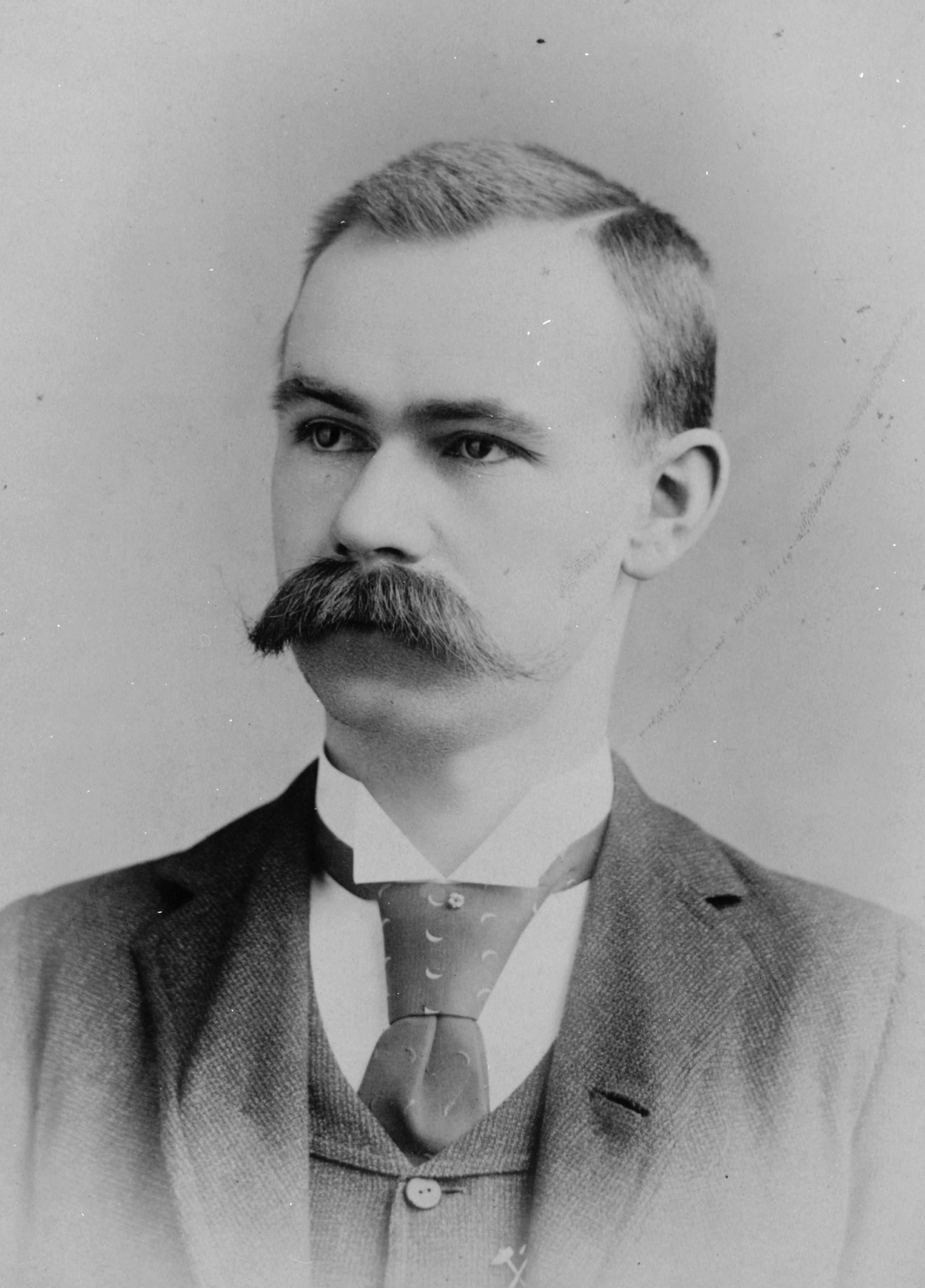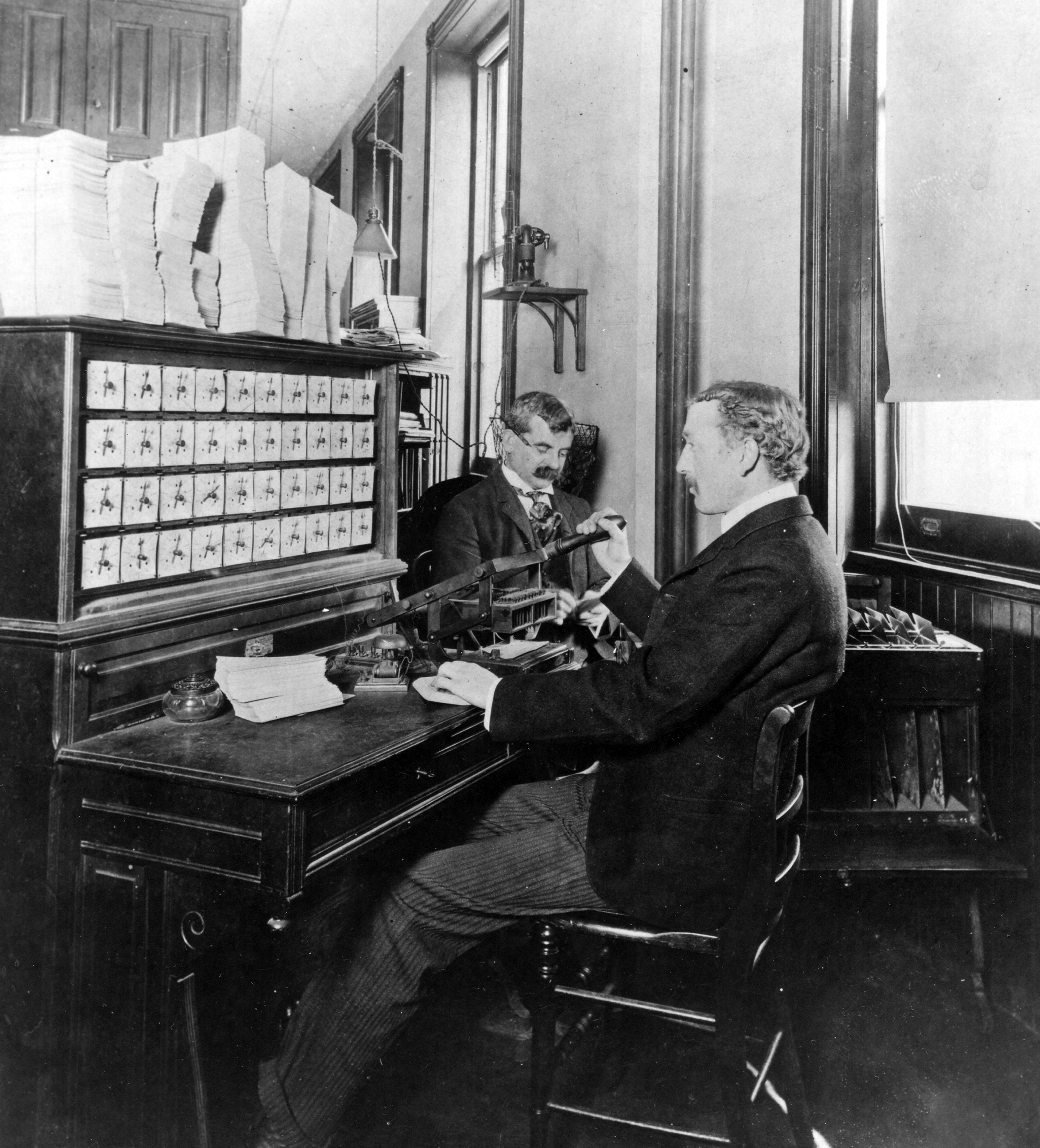Hollerith, Herman (1860-1929), an American computer pioneer, devised an early form of data processing. He founded the Tabulating Machine Company, which later became part of the International Business Machines Corporation (IBM), one of the world’s leading computer manufacturers. 

Hollerith was born in Buffalo, New York, on Feb. 29, 1860. He graduated from the School of Mines at Columbia College (now Columbia University) with a degree in engineering in 1879, at the age of 19. While working for the U.S. Census Bureau during the 1880 census, Hollerith became interested in developing a mechanical method for tabulating data. With each new census, counting by hand was taking longer and becoming more costly.
In the early 1880’s, Hollerith began developing a system for compiling and storing information. After experimenting with a system that used punched paper tape, Hollerith settled on one that used punched paper cards, a tabulator, and a card sorter. When an electrically charged pin passed through a hole in a card, it completed a circuit that activated an electromagnetic counter on the machine. The card was then dropped into a certain compartment in the card sorter.
Hollerith’s system was one of three considered for tabulating the 1890 census. The Census Bureau selected it for the job because it could handle data much faster than the other two systems. Hollerith’s invention helped complete the basic population count in about 2 1/2 years. The 1880 census had taken about 7 1/2 years. Hollerith’s system saved the government about $5 million.
Governments and businesses around the world found uses for Hollerith’s punch-card system. Hollerith founded the Tabulating Machine Company in 1896 to sell his cards and equipment. He sold his ownership in the company in 1911. That year, the company merged with two others to form the Computing-Tabulating-Recording Company. The company became IBM in 1924.
See also Census; Computer (The first successful computer); International Business Machines Corporation (IBM).
